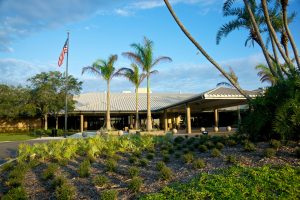Spotting Dolphins in the Bradenton Area
Discovering Dolphins on Florida’s Gulf Coast
Dolphins are some of the most captivating creatures in the ocean and seeing them in their natural habitat is a highlight of any trip to the Bradenton Area. Whether you are joining a guided tour or simply watching from the shore, spotting playful dolphin offer an unforgettable experience.
The dolphin’s domain
For an up-close encounter with these playful marine mammals, booking a local dolphin tour is the way to go. Many tours operate out of Anna Maria Island and Cortez, offering easy access to many dolphin-watching hotspots. Guided tours provide not only the best vantage points, but also knowledgeable Coast Guard-certified captains who practice the Leave No Trace and Love it Like a Local principles of respecting the wildlife to best protect both the animals and humans. These experts ensure a safe and enjoyable voyage while offering engaging insights about dolphins’ behavior and their role in the local ecosystem – all from a respectful distance for interacting with these majestic sea creatures.
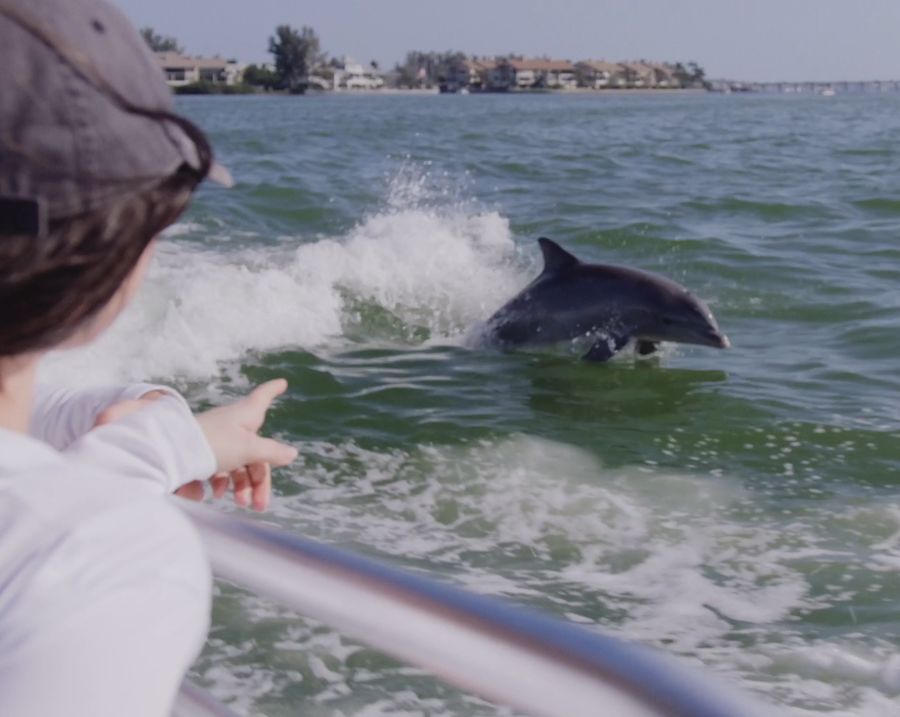
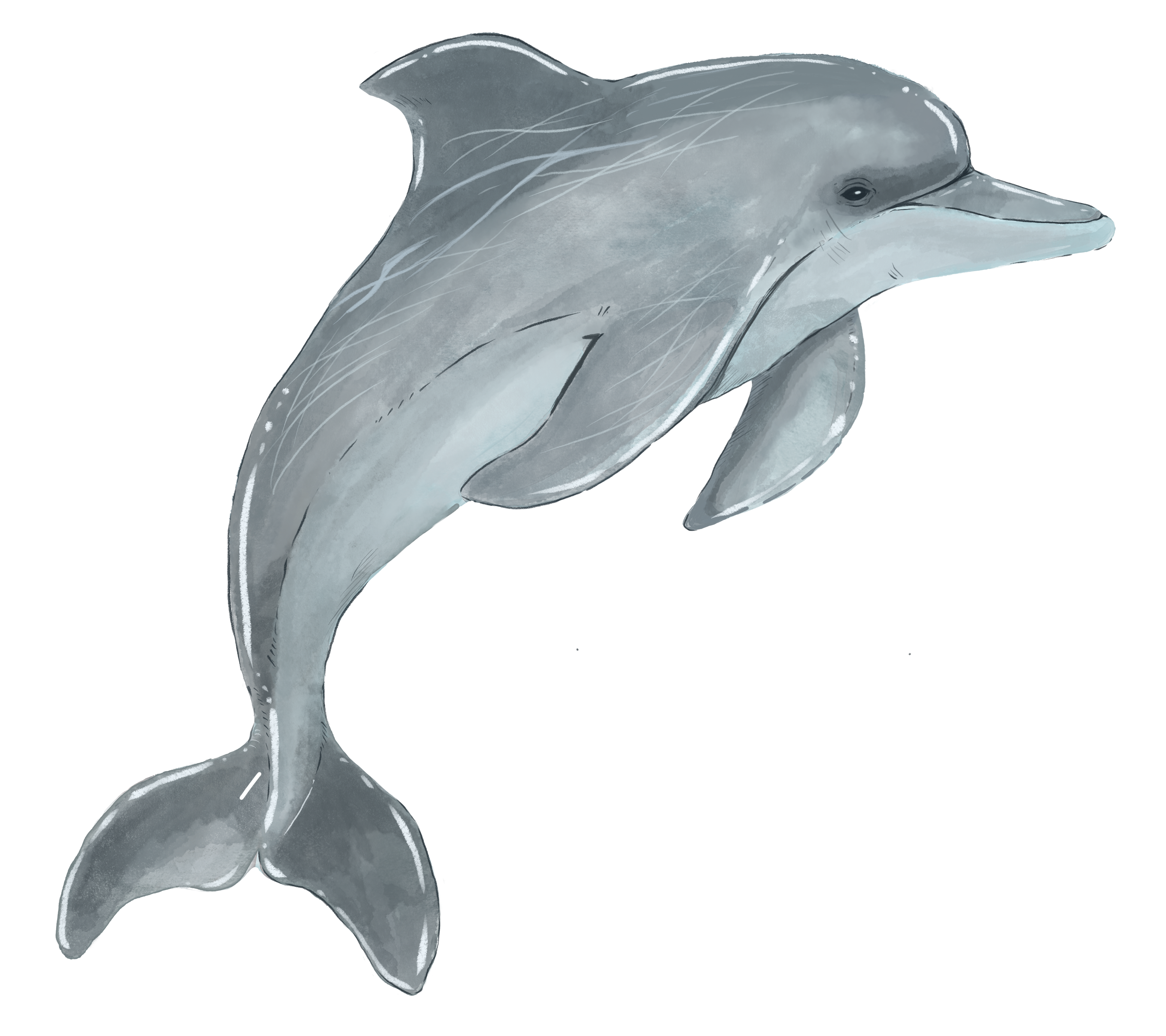
Most dolphin tours navigate the calm, clear waters of Sarasota Bay, Tampa Bay, and the Intracoastal Waterway. These routes often pass by mangrove-lined channels, secluded sandbars, and vibrant grass flats that teem with marine life. Captains know the best spots where dolphins frequently gather, giving you a front-row seat to observe their playful interactions.
AMI Dolphin Tours, Paradise Boat Tours and Island Time Boat Tours are local favorites, offering family-friendly excursions with plenty of photo opportunities. Looking for a more personalized experience? AMI Escapes and Passage Key Dolphin Tours provide private charters, where you can combine dolphin-watching with stops at small islands or sandbars. For a more eco-focused experience, check out AMI Excursions, known for their knowledgeable guides and emphasis on marine conservation. For a truly unique perspective, Happy Paddler and SurferBus offer guided kayak tours, allowing you to experience dolphin sightings up close while paddling through serene waters
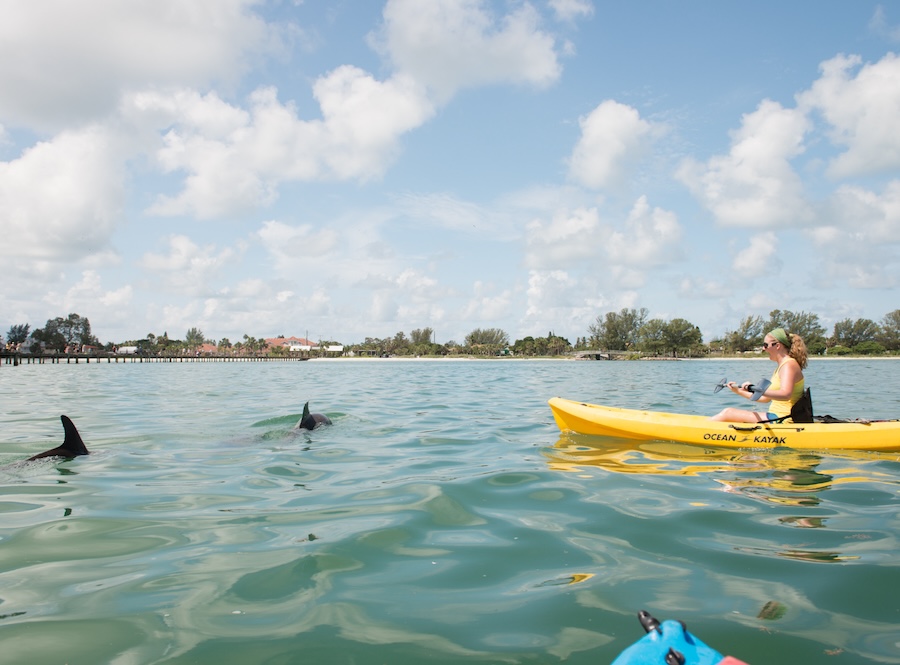
What to Expect
Dolphins are naturally curious, often gliding alongside boats or playing in their wake. Their inquisitive nature is seen in the way they approach objects in their environment and interact with other marine life. These playful behaviors showcase their intelligence, making each encounter unique and memorable. On most tours, you’ll have the chance to see bottlenose dolphins, the most common species in Florida. Depending on the season, you might also spot manatees—the gentle ‘sea cows’ which inspired the name of Manatee County. These encounters, along with sightings of sea turtles and a variety of bird species such as herons and pelicans, highlight the incredible diversity of the Gulf’s vibrant ecosystem.
Tours ary, but typically last about 90 minutes to two hours, with some offering additional activities like snorkeling, shelling, or exploration of sandbars. Bring your camera or smartphone to capture these unforgettable moments, and don’t forget sunscreen, sunglasses, and a hat for sun protection.
Best Times to Go
Dolphins can be seen year-round on Florida’s Gulf Coast, but certain times of day and year offer better opportunities. Early morning and late afternoon tours are ideal, as dolphins are often more active during these cooler parts of the day. Spring and fall are particularly great seasons, with mild weather and calmer waters enhancing the experience.
Gulfside Gratitude
Dolphin-watching is more than just a memorable experience—it’s an opportunity to learn about and contribute to the conservation of these incredible creatures. Whether you’re cruising the waves or enjoying the view from shore, you’ll leave with a meaningful connection to the wildlife of Florida’s Gulf Coast.
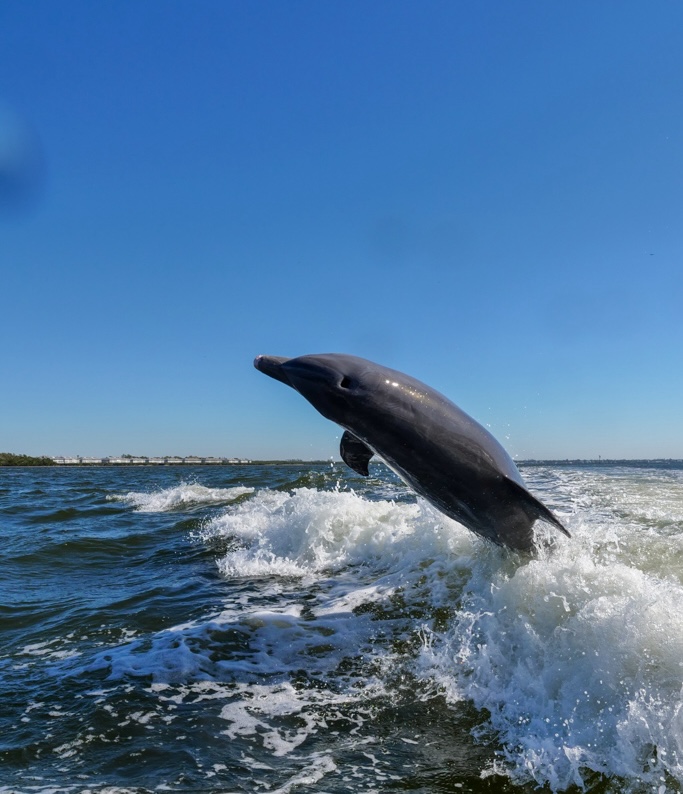
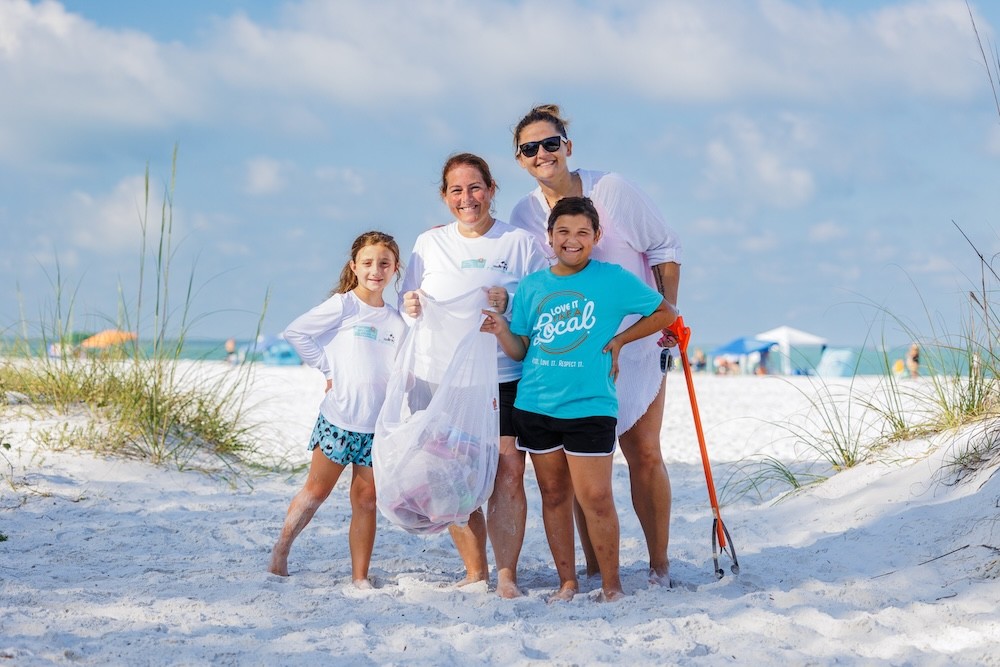
Love it Like a Local
Because no one loves this unique place as much as those who call it home. Now it’s your turn to learn how to play a pivotal role in protecting our little slice of paradise.
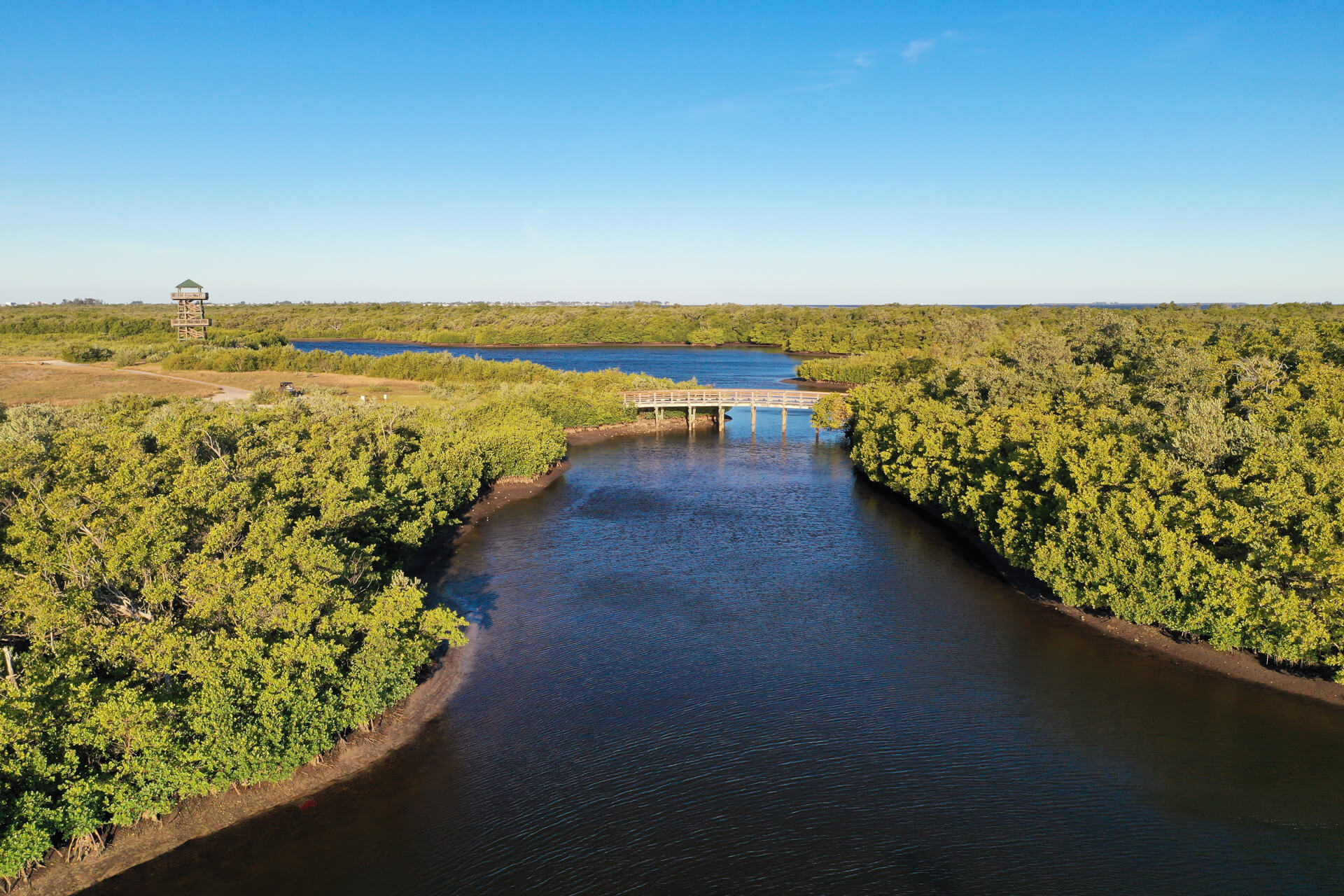
Discover our Charm
Dip your toes in sugar white sands, pull up a chair at locally sourced restaurants and immerse yourself in unspoiled beauty, rich history, and the easy pace of island life.



